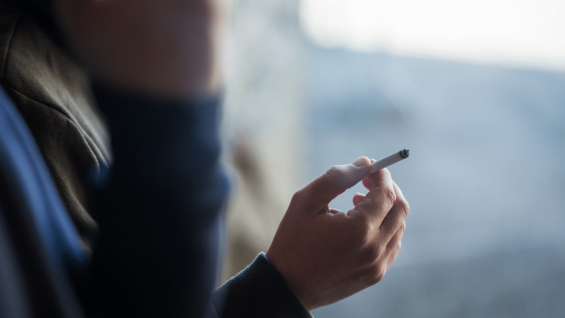A recent study conducted by a group of scientists from the University of Toronto, Canada, shows that cannabis use during adolescence increases the risk of psychotic disorders by 11 times. In contrast, no significant association was observed between cannabis use and psychotic disorders in young adults aged between 20 and 33 years. These findings support the notion that adolescents are especially vulnerable to the detrimental effects of cannabis.
Indeed, the period of brain development could be disrupted by its main psychoactive ingredient, Δ-9-tetrahydrocannabinol (THC). THC is suspected of affecting the endocannabinoid system (endoCB), thereby impacting «synaptic refinement, white matter development, and CB1 receptor binding».
Among young boys (aged 12 to 19), the correlation between cannabis use and psychotic disorders is more pronounced than among young girls. Indeed, this population shows a stronger link between cannabis use and the onset of schizophrenia, compared to other age and sex groups.
This association is particularly worrying due to the harmful consequences associated with it, including an increased risk of suicide, homelessness, unemployment, and a reduced average life expectancy of 10 to 20 years compared to the general population.
Moreover, this concern could be reinforced by the increase in «cannabis potency», the study indicates. The THC content of cannabis has significantly increased over time, from less than 1% before 1980 to about 15-20% in 2016.
Reversed causation
However, the debate concerning the causal relationship between cannabis use and psychotic disorders remains open. Recent research questions the nature of this correlation, suggesting it could be more complex than initially thought.
On average, it takes 7 to 8 years between the start of cannabis use and the onset of psychotic symptoms. Furthermore, the study suggests an average time lapse of 1 to 2 years between the onset of symptoms and the start of treatment. These findings raise the question of «reverse causation» : young people presenting psychotic symptoms might have started using cannabis even before seeking medical treatment.
It is possible that a «feedback loop» exists between cannabis use and psychotic symptoms, where each factor reinforces the other. This dynamic could bias study estimates, especially among adolescents, who tend to have a longer duration of untreated psychosis than young adults.
Consequently, differences in how adolescents and young adults interact with the healthcare system may affect the relationship between cannabis use and psychotic disorders.





 chargement...
chargement...













